| Structure | Name/CAS No. | Articles |
|---|---|---|
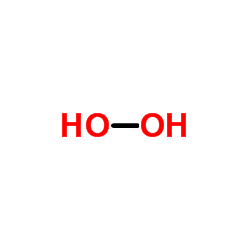 |
Hydrogen peroxide
CAS:7722-84-1 |
|
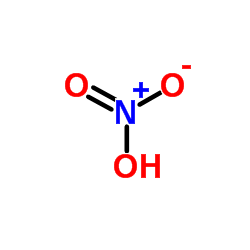 |
nitric acid
CAS:7697-37-2 |
|
 |
L-cysteine
CAS:52-90-4 |
|
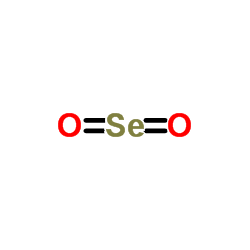 |
Selenium dioxide
CAS:7446-08-4 |
|
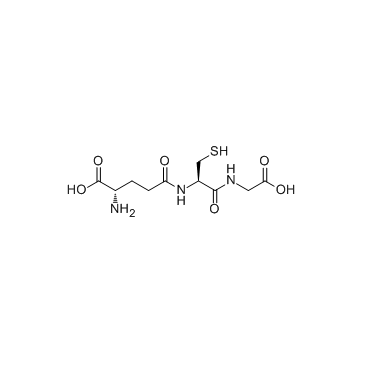 |
Glutathione
CAS:70-18-8 |
|
 |
Selenious acid
CAS:7783-00-8 |
|
 |
L-Glutathione oxidized disodium salt
CAS:103239-24-3 |
|
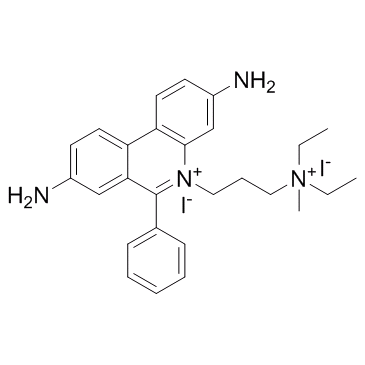 |
Propidium Iodide
CAS:25535-16-4 |
|
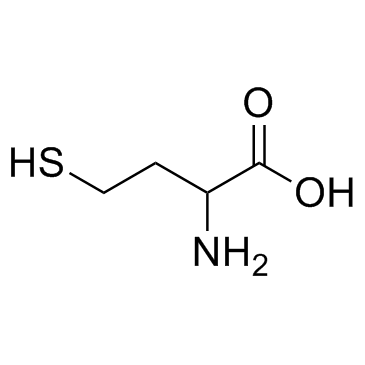 |
DL-Homocysteine
CAS:454-29-5 |
|
 |
Ethylenediaminetetraacetic acid
CAS:60-00-4 |